SOURCE: RAUNAK KUNDE / NEWS BEAT / IDRW.ORG

According to sources cited by idrw.org, captive trials of the indigenous Astra MkI Beyond Visual Range Air-to-Air Missile (BVRAAM) on the Rafale fighter jet are slated to commence later this year, with live firing trials expected to follow in 2026. The integration effort, led by French aerospace giant Dassault Aviation in collaboration with India’s Defence Research and Development Organisation (DRDO), marks a significant step toward enhancing the Indian Air Force’s (IAF) air combat capabilities.
Dassault has been tasked with integrating the Astra MkI, which boasts a range of approximately 110 km, onto the Rafale fleet. The partnership will also pave the way for the integration of the more advanced Astra MkII, with a range of 160 km, further strengthening the IAF’s aerial superiority. Currently, the Rafale is equipped with the MICA BVRAAM, which has a range of around 80 km—a capability considered inferior to both Astra variants in terms of reach and engagement flexibility.
Continue readingSOURCE: RAUNAK KUNDE / NEWS BEAT / IDRW.ORG
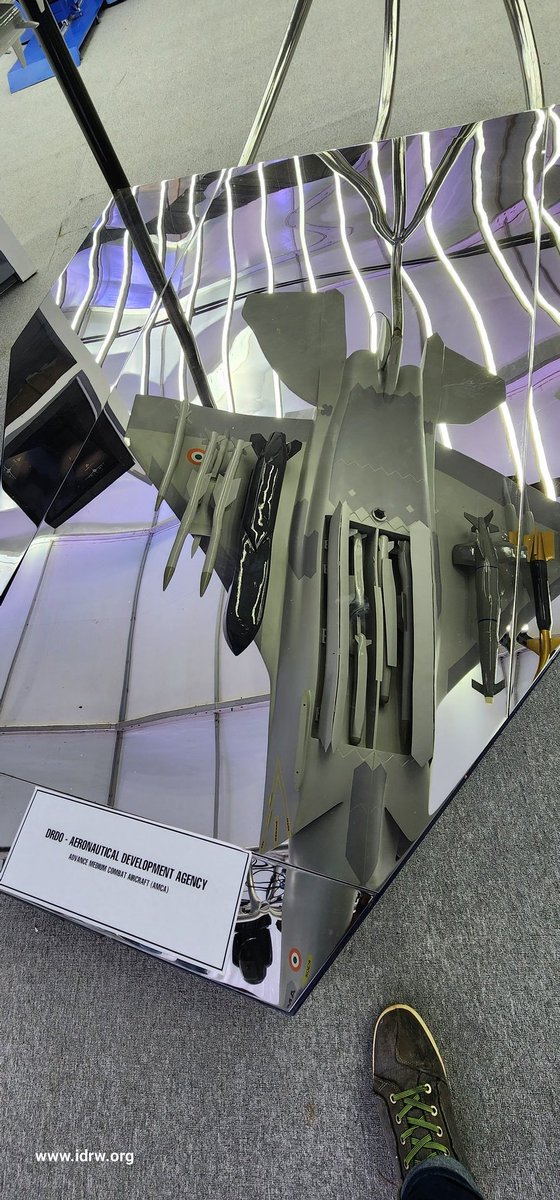
The Aeronautical Development Agency (ADA), spearheading India’s Advanced Medium Combat Aircraft (AMCA) program, has revealed ongoing efforts to maximize the utilization of the aircraft’s internal weapons bay (IWB) to bolster its air-to-air combat capabilities in stealth mode. The fifth-generation fighter, designed for air superiority and multi-role operations, is undergoing significant design optimization to carry a greater number of air-to-air missiles internally, enhancing its lethality while maintaining a low radar cross-section.
In earlier statements, ADA confirmed that the AMCA could carry at least four Astra Mk1 air-to-air missiles internally. However, recent advancements in internal bay configuration and design refinements have paved the way for a substantial increase in missile capacity.
Continue readingSOURCE: RAUNAK KUNDE / NEWS BEAT / IDRW.ORG
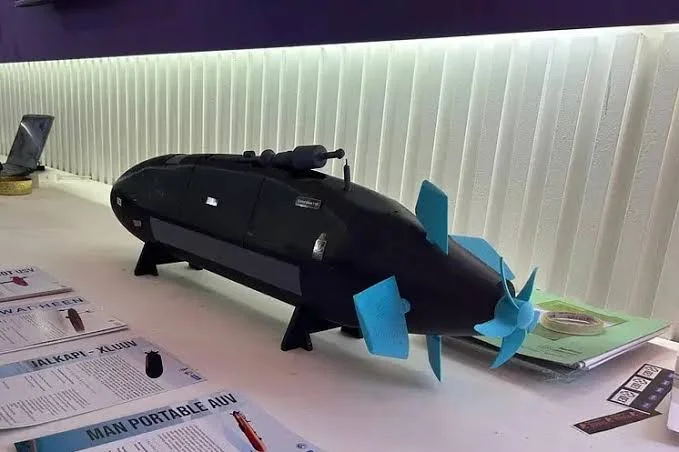
On June 10, 2025, Krishna Defence and Allied Industries Ltd (KDAIL) marked a historic milestone with a ceremonial plate-cutting event at its Halol facility in Gujarat, signaling the start of construction for India’s largest and most advanced Autonomous Underwater Vehicle (AUV), the Jalkapi Extra-Large Unmanned Underwater Vehicle (XLUUV). This ambitious project, spearheaded by the Indian Navy, represents a significant leap toward self-reliance in cutting-edge defense technology.
The Jalkapi, designed by the Indian Navy’s Directorate of Naval Design – Submarine Design Group (DND-SDG), is a collaborative effort involving KDAIL, Rekise Marine, and Steel Authority of India Limited (SAIL). The project underscores India’s growing expertise in autonomous underwater systems and its commitment to bolstering maritime defense capabilities.
Continue readingSOURCE: AFI
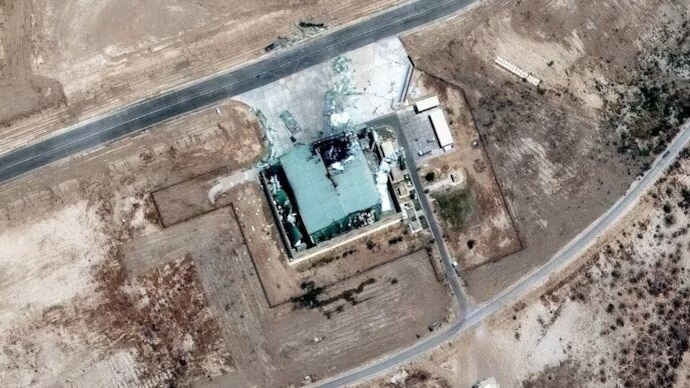
Air Forces Monthly, a prominent military aviation magazine published by Key Publishing Ltd in Stamford, Lincolnshire, United Kingdom, has stirred controversy in its latest issue with claims by its editor, Alan Warnes, regarding the extent of damage sustained by the Pakistan Air Force (PAF) during the Indian Air Force’s (IAF) Operation Sindoor, conducted between May 7 and 10, 2025.
Warnes, a journalist with deep ties to the PAF since 2001 and author of two books on the force, reported that only one C-130 Hercules medium-lift tactical transport aircraft from the PAF’s 6 Air Transport Squadron was damaged in the IAF’s precision strikes on multiple PAF airbases. This claim, however, has been met with skepticism, as it appears to align with a broader PAF narrative to downplay significant losses, including the destruction of a Saab 2000 Erieye Airborne Early Warning and Control (AEW&C) aircraft and other assets, as reported by Indian sources and corroborated by independent analyses.
Continue readingSOURCE: AFI

India’s nuclear triad—the ability to deliver nuclear warheads via land, sea, and air—stands as a cornerstone of its strategic deterrence. The Indian Navy’s S5-class nuclear-powered ballistic missile submarines (SSBNs) are poised to enhance the sea-based leg of this triad, offering a survivable second-strike capability by the mid-2030s.
Meanwhile, the Indian Army’s land-based missiles, such as the Agni-V, ensure a robust first leg. However, the Indian Air Force (IAF), responsible for the air-based leg, relies on aging platforms like the Jaguar, Mirage-2000, and Su-30 MKI, none of which are true bombers. As India modernizes its nuclear posture to counter growing threats from China and Pakistan, the question arises: when the Navy can have the advanced S5-class SSBNs, why not equip the IAF with stealth bombers to bolster the second leg of the triad?
Continue readingSOURCE: AFI
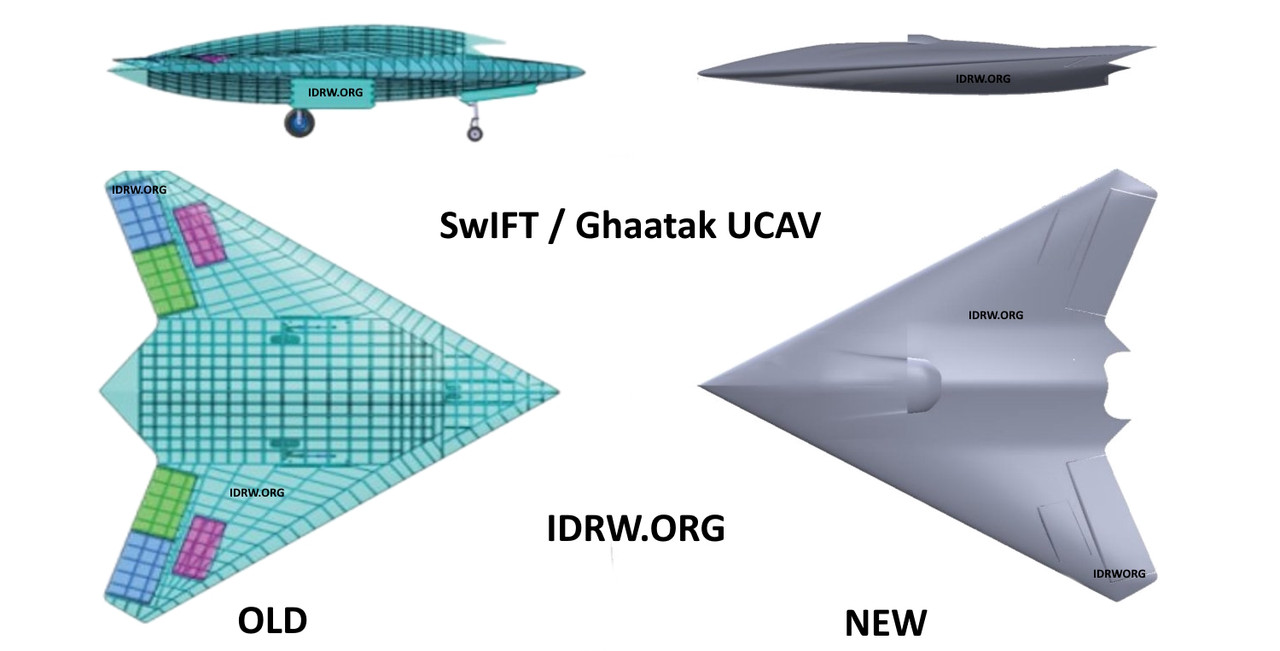
The Ghatak Unmanned Combat Aerial Vehicle (UCAV), a cornerstone of India’s ambitions to develop indigenous stealth drone technology, remains unsanctioned by the Cabinet Committee on Security (CCS) as of June 2025. Despite significant progress in design and testing, the absence of formal approval has pushed the project’s timeline beyond 2030, raising concerns about its impact on the Indian Air Force (IAF) and India’s broader defence strategy. This article examines the current status of the Ghatak program, the reasons behind the delay, and the strategic implications for the IAF in a rapidly evolving regional security landscape.
The Ghatak, developed by the Aeronautical Development Establishment (ADE) under the Defence Research and Development Organisation (DRDO), is envisioned as a 13-ton stealth UCAV with a flying-wing design. Equipped with a 1.5-ton internal weapons bay, advanced AI-driven autonomous systems, and a dry variant of the Kaveri engine, the Ghatak aims to conduct deep-penetration strikes, suppress enemy air defenses (SEAD), and gather intelligence in contested environments. Its Digital Beamforming (DBF) radar enhances precision targeting and electronic warfare capabilities, positioning it as a critical asset for operations along India’s borders with China and Pakistan.
Continue readingSOURCE: AFI

In a significant milestone for India’s defense technology sector, Ahmedabad-based Gridbots Technologies has announced the successful completion of trials for its cutting-edge autonomous weapon station, KATANA, conducted in the challenging terrain of Galwan Valley under the supervision of the Indian Army’s Northern Command. The trials, carried out at a high altitude of 15,000 feet and in extreme temperatures as low as -20°C, have showcased the system’s robust performance and advanced capabilities, positioning it as one of the most sophisticated weapon stations globally.
The KATANA Autonomous Weapon Station represents a breakthrough in AI-driven defense technology. Designed to enhance situational awareness and neutralize threats with unparalleled precision, KATANA integrates advanced artificial intelligence (AI) to process multiple video streams in real time. The system leverages a combination of Visual, Long-Wave Infrared (LWIR), Mid-Wave Infrared (MWIR), Short-Wave Infrared (SWIR), and Radio Frequency (RF) feeds, enabling it to operate effectively across diverse environmental conditions and detect a wide range of targets, including drones.
Continue readingSOURCE: PTI

India on Monday slammed the Organisation of Islamic Cooperation (OIC) for making “unwarranted” and “factually incorrect” references to it while coming under influence of Pakistan, which turned terrorism into “statecraft”.
India’s strong reactions came after a two-day foreign ministerial conclave of the OIC in Turkiye criticised New Delhi on a range of issues including what it said is “social marginalisation” of Indian Muslims.
The OIC also called for strict adherence to bilateral pacts between India and Pakistan, including the Indus Waters Treaty and stressed the need for a broad-based dialogue for peaceful settlement of all outstanding disputes.
SOURCE: PTI

In an oblique reference to Pakistan’s support to cross-border terrorist activities, NSA Ajit Doval on Monday emphasised the need to counter terrorism in all its forms for regional peace and stability during a meeting with Chinese Foreign Minister Wang Yi in Beijing.
Mr Doval’s call for countering terrorism comes nearly a month-and-a-half after India carried out precision strikes on nine terror infrastructures in Pakistani territories early on May 7 in response to the horrific Pahalgam terrorist attack that killed 26 civilians.
Continue readingSOURCE: PTI
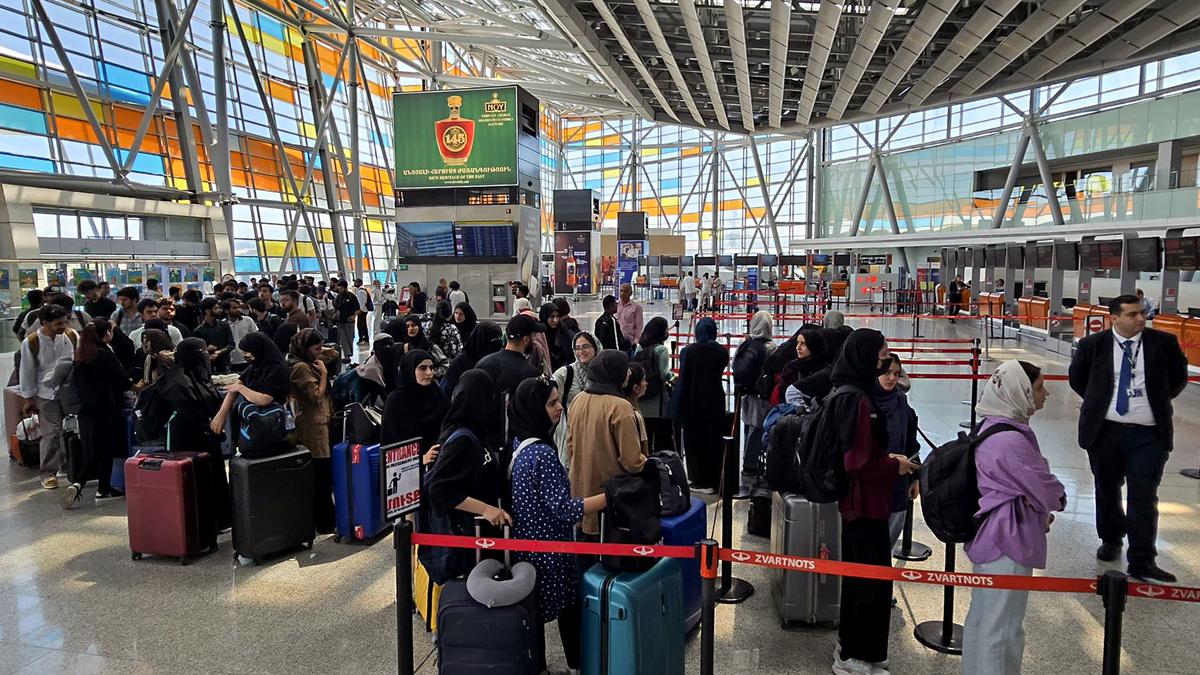
India on Monday (June 23, 2025) extended the closure of its airspace for flights operated by Pakistan airlines by another month till July 24. The Indian airspace has been closed for planes operated, owned or leased by Pakistan airlines and operators, including military flights, since April 30. The ban was imposed as part of various measures taken by the Indian Government against Pakistan in the wake of the Pahalgam terror attack that killed 26 people on April 22.
Initially, the ban was to end on May 24 and was subsequently extended till June 24.
Continue readingSOURCE: IANS

The Andhra Pradesh government set a target of attracting Rs 50,000 crore to Rs 1 lakh crore in the aerospace and Defence sector over the next five years to establish the state as India’s premier aerospace and Defence manufacturing hub.
The government proposed to develop specialised manufacturing corridors across the state for naval systems, missile production and drone technologies. Chief Minister N. Chandrababu Naidu on Monday reviewed the Aerospace and Defence Policy 4.0 (2025–2030) at the Secretariat.
Continue readingSOURCE: IANS

Permanent Representative of India to the UN Shambhu S. Kumaran said on Monday that ensuring the security of nuclear facilities should be a high priority amid the war-like escalation between Iran and Israel in West Asia.
“Ensuring the safety and security of nuclear facilities is a high priority, keeping in mind the possible consequences of such attacks for public health and the environment,” said Ambassador Kumaran while delivering India’s statement at the special meeting of the IAEA Board of Governors on the situation in Iran.
Continue readingSOURCE: IANS

Qatar’s Ministry of Defence on Monday claimed that Iran’s retaliatory attack on the US bases in the country did not result in any deaths or injuries to civilians or military personnel. “Thanks to God, the vigilance of the armed forces, and the precautionary measures taken, the incident did not result in any deaths or injuries,” said the country’s Defence Ministry.
The Ministry of Defence pointed out that Qatari air defences successfully intercepted a missile attack targeting Al-Udeid Air Base.
Continue readingSOURCE: PTI

A local court on Monday granted the National Investigation Agency (NIA) five-day remand of two accused who were arrested for harbouring the Pakistani terrorists behind the deadly Pahalgam terror attack in April, officials said here.
The two men – Parvaiz Ahmad Jothar from Batkote, Pahalgam, and Bashir Ahmad Jothar of Hill Park, Pahalgam – were arrested by NIA on Sunday in the first major breakthrough in the investigations into the attack that left 26 persons, mostly tourists, dead and 16 others injured on April 22.
Continue readingSOURCE: PTI

A probe into e-mails threatening blasts at Narendra Modi Stadium in Ahmedabad and different places in 12 states has unravelled a tale of unrequited love and vengeance allegedly unleashed by a woman executive of an MNC in Chennai to defame a man, leading to her arrest.
After the man who she dreamt would be her husband, married another woman, the accused, identified as Rene Joshilda, decided to avenge the ‘rejection’ and used deception to wreak havoc in his life. According to police, she used fake email IDs, virtual private networks (VPNs), and the dark web to hide her identity and location.
Continue reading